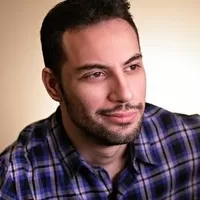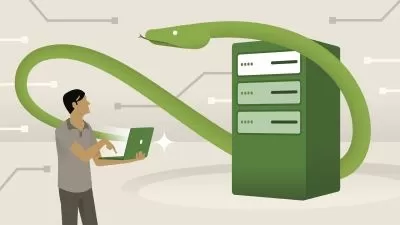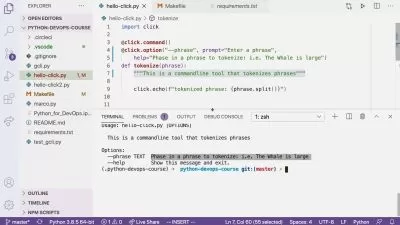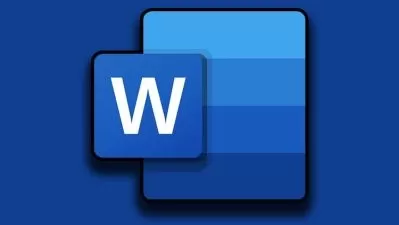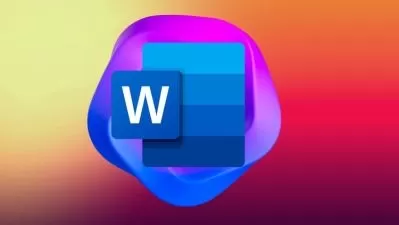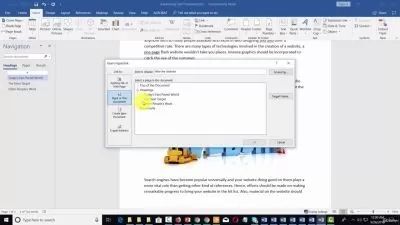Python + Word: Perform Word tasks using Pydocx
Guilherme Matos Passarini, phD
4:09:14
Description
Automate and perform several tasks in .docx documents using the pydocx Python library by building projects!
What You'll Learn?
- To learn the basics of the python-docx library
- To know the basics of programming
- To add pictures to a document with Python
- To change the fonts in a document with Python
Who is this for?
More details
DescriptionH! This course is designed to provide a comprehensive introduction to the Python-docx library, which allows users to create, modify, and extract information from Microsoft Word documents.
Throughout the course, you will learn how to use the library's various functions and classes to perform a wide range of operations, including creating and modifying tables, adding images and charts, and working with styles and templates. You will also learn how to extract information from documents, such as text, headings, and tables, and how to use this information in your Python scripts.
Overall, this course is suitable for beginner to intermediate Python developers who want to learn how to work with Word documents in Python. It covers a wide range of functionality and will give you a good starting point to build more advance tools and scripts.
By the end of the course, we have a module dedicated to basic aspects of the programming language Python, for those that have a beginner-level knowledge on it or those that want to review some concepts of the language.
Here are some elements featured in the course:
1. How to install the library
2. The basic structure of a Word document
3. How to create a document
4. How to save a document
5. How to set font size and type
6. How to add images to a document
7. How to change and add runs to a document
8. Exercises with their respective solutions
9. A miniproject to sort bibliographic references
10. A miniproject to create multiple versions of a multiple-choice text
Who this course is for:
- People interested in using Python to change and create word documents
- People that work with Word document
H! This course is designed to provide a comprehensive introduction to the Python-docx library, which allows users to create, modify, and extract information from Microsoft Word documents.
Throughout the course, you will learn how to use the library's various functions and classes to perform a wide range of operations, including creating and modifying tables, adding images and charts, and working with styles and templates. You will also learn how to extract information from documents, such as text, headings, and tables, and how to use this information in your Python scripts.
Overall, this course is suitable for beginner to intermediate Python developers who want to learn how to work with Word documents in Python. It covers a wide range of functionality and will give you a good starting point to build more advance tools and scripts.
By the end of the course, we have a module dedicated to basic aspects of the programming language Python, for those that have a beginner-level knowledge on it or those that want to review some concepts of the language.
Here are some elements featured in the course:
1. How to install the library
2. The basic structure of a Word document
3. How to create a document
4. How to save a document
5. How to set font size and type
6. How to add images to a document
7. How to change and add runs to a document
8. Exercises with their respective solutions
9. A miniproject to sort bibliographic references
10. A miniproject to create multiple versions of a multiple-choice text
Who this course is for:
- People interested in using Python to change and create word documents
- People that work with Word document
User Reviews
Rating
Guilherme Matos Passarini, phD
Instructor's Courses
Udemy
View courses Udemy- language english
- Training sessions 59
- duration 4:09:14
- Release Date 2023/03/16





